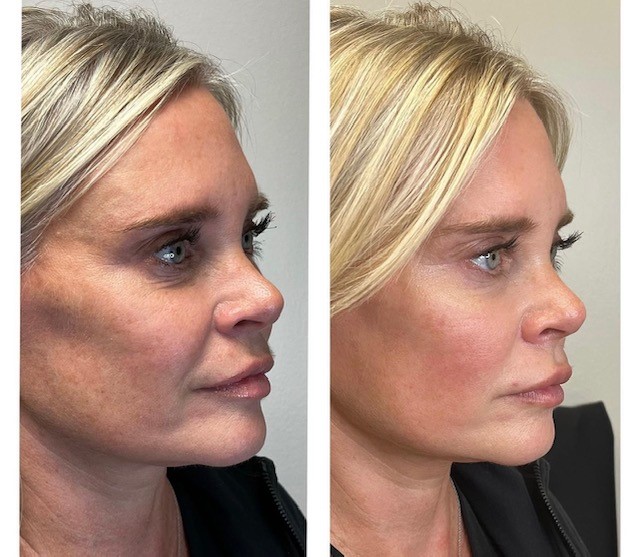The cornerstone of both PRP and stem cells is versatility. However, our specialists believe that stem cells are useful on more areas throughout the body.
come visit us
Welcome to Alazzo
Mon, Tues, Thurs, Fri: 9am – 5pm
Wed: 9am – 7pm

Defy Time
Achieve truly younger skin with the gold-standard of collagen-stimulation
Do you want to rid yourself of fine lines and wrinkles while tightening your skin? Microneedling delivers up to 1,300 micropunctures into your skin to stimulate production of collagen and elastin.
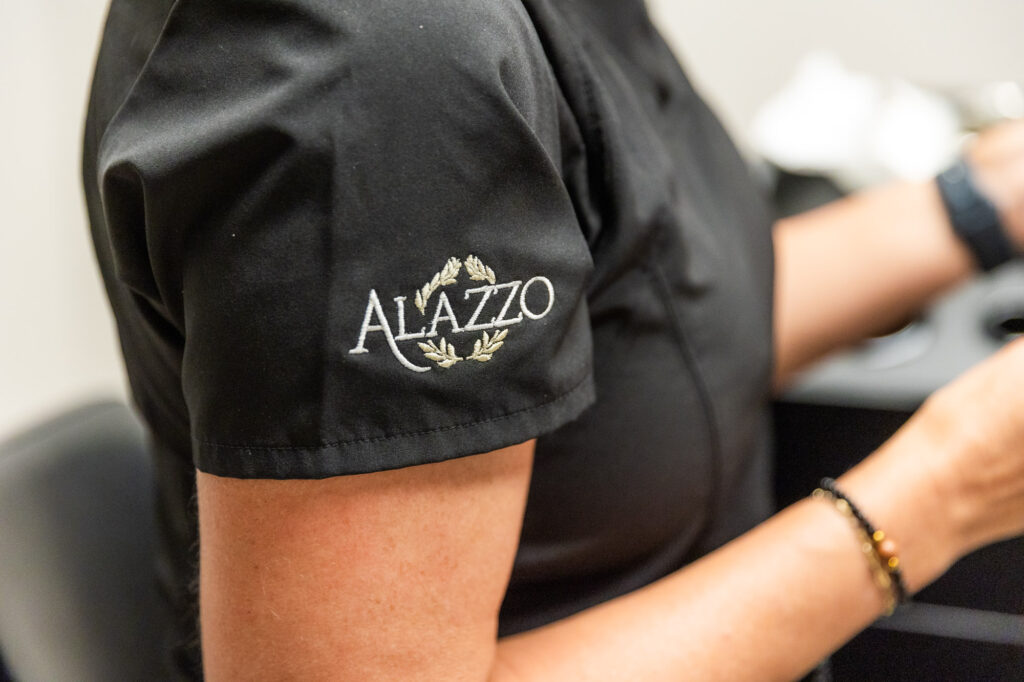
highlights
Microneedling
Consultation Required
Yes
Eligibility
All eligible
Number of Sessions
4 sessions
Downtime
Yes
Duration of Results
9-12 months
Microneedling X Stem Cells
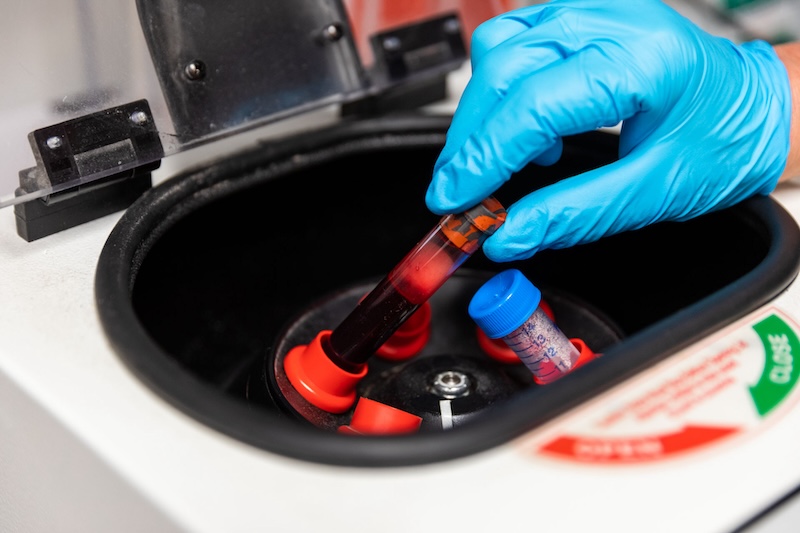
Microneedling is an amazing way to boost your natural collagen production, but sometimes your body needs an extra push to move things along. While supplements are a great place to start, Alazzo Med Spa takes things a step further with the latest in rejuvenating regenerative technology.
Stem cells used to be the stuff of science fiction in medicine, but now, these cells are turning fiction into fact. Your body naturally produces stem cells early in life to grow and regenerate tissue, but as we age, these cells become dormant. To naturally kickstart your collagen production following your microneedling in Frederick, we may add stem cells to your treatment.
Related Reading: 5 Fast FAQs About Microneedling
Stem Cells Vs PRP
While many practices use regenerative techniques to improve results, Alazzo Med Spa trusts stem cells exclusively due to three main factors. While PRP is useful in many treatments, our specialists strive for the best results overall. Here’s why our providers pair stem cells with microneedling in Frederick:
Just like all cells in your body, PRP can diminish in viability. By introducing proven, viable stem cells, your skin is more likely to benefit from microneedling.
Our patients are living proof that this addition to microneedling is effective, but you don’t just have to take our word for it! Clinical studies reference improvements in wrinkles and pores over standard microneedling.
Learn more on Skin Rejuvenation
How it Works
your experience
Step 1
Your Consultation
Whatever brings you into Alazzo Med Spa, your visit is going to start with a thorough consultation. We discuss your medical history and your goals, then we perform an evaluation of your skin. This allows us to pinpoint damage and determine if microneedling is the appropriate treatment to address your concerns. We work with you to determine the customized treatment plan to meet your goals.

Step 2
The Treatment
If we determine microneedling could help you achieve your goals, we can move forward with the treatment You will get comfortable in a treatment room and your provider will apply the treatment. During your consultation, you would have determined whether to use the 12- or 36-needle tip and whether you’re including Protein Rich Retinol with your microneedling.
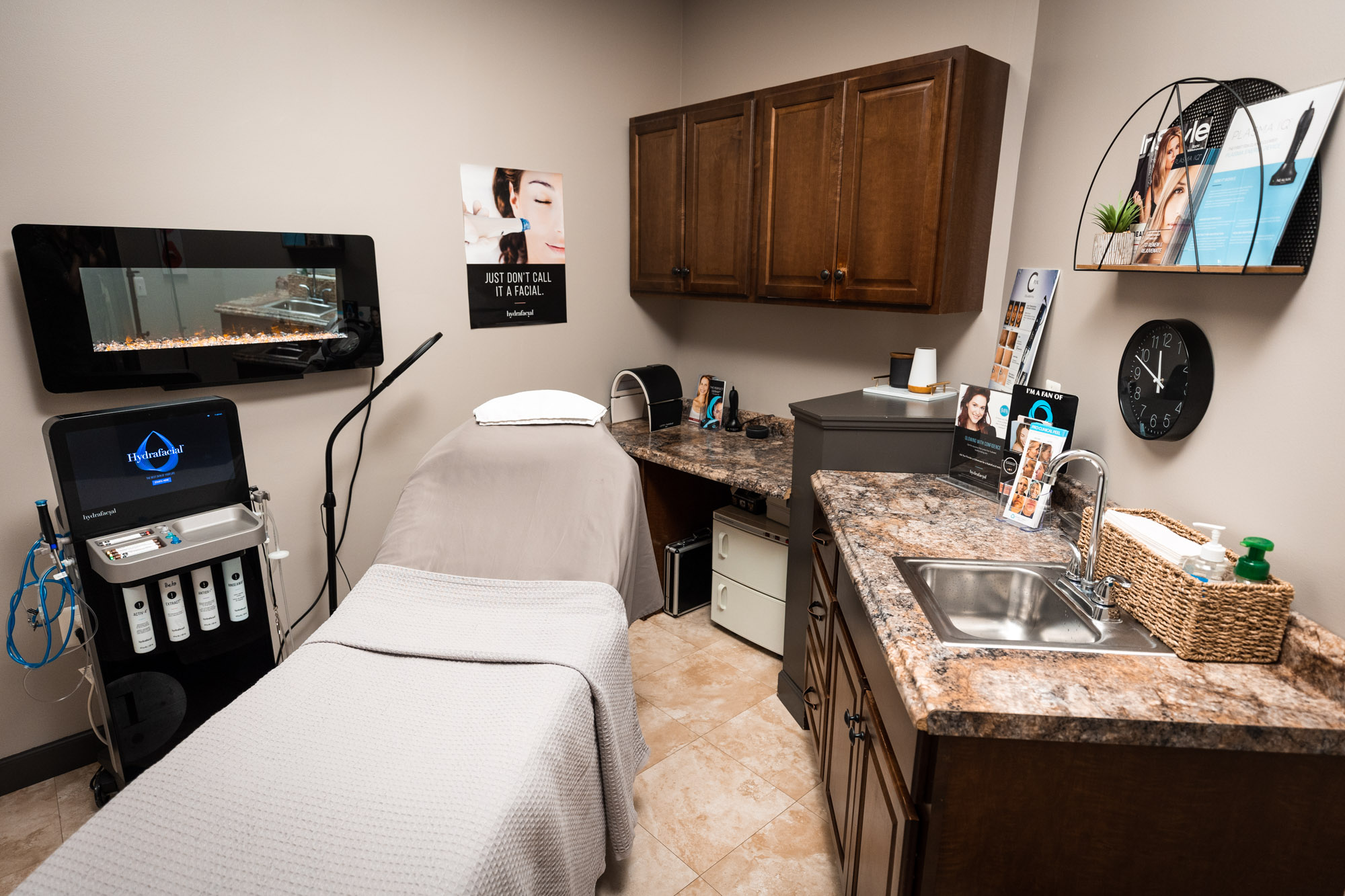
Step 3
Aftercare and Follow-up
Your provider will ensure you have a thorough understanding of every aspect of the aftercare for your microneedling. In general, we recommend that you do not apply anything to your skin for at least 12 hours. You’ll likely experience some facial redness for anywhere from 12 to 48 hours, and your provider will ensure you understand exactly what to expect.

See the Results
When choosing a provider for microneedling in Frederick, make sure they’re the right fit. We’re proud of the results we achieve with our patients and can’t wait to show them off!
Microneedling FAQs
Everyone has a different tolerance for pain, but most patients do not consider their microneedling procedure painful. Because it involves needles—even though they are tiny—you can expect some discomfort. Your provider will work with you before your treatment to ensure we make the procedure as comfortable as possible, and we numb almost all of our microneedling clients 30 min prior to treatment.
Yes, microneedling is more effective than a dermal roller. Because the roller causes needles to enter the skin at an angle, creating lateral tears that cause more pain during the procedure. Microneedling also allows for more micro-punctures, meaning better results.
Yes, we perform microneedling around the eyes. We use microneedling as an effective rejuvenation treatment on the entire face as well as anywhere on the body you may want to treat scars or stretch marks and improve tone and texture.
About Alazzo Med Spa
never compromise on quality
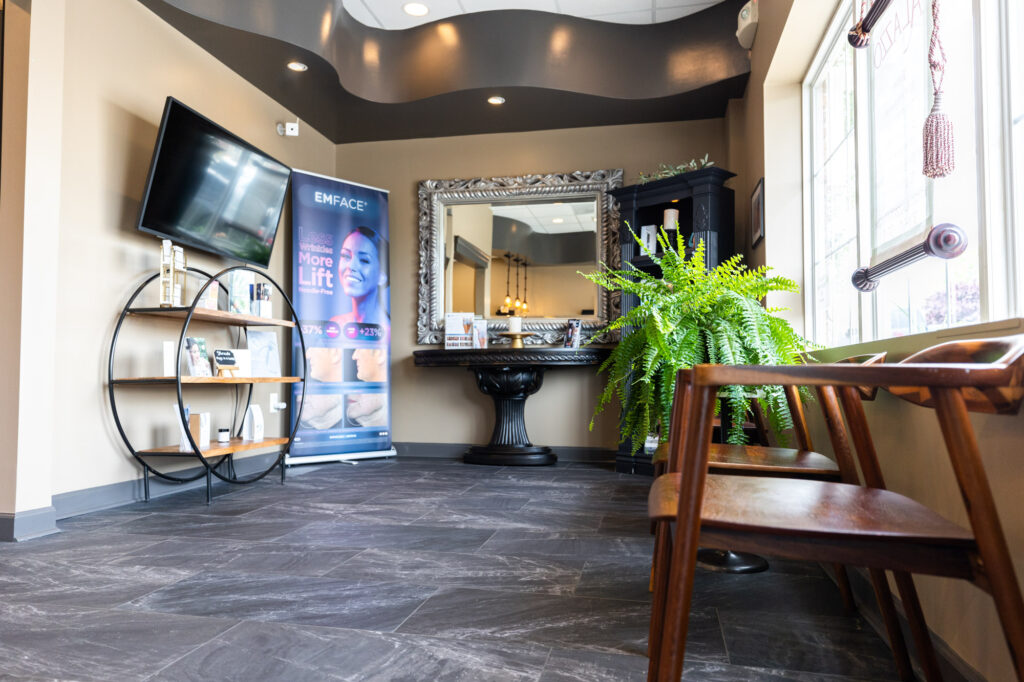

Alazzo Med Spa has been Frederick’s go-to source for aesthetics, health, and wellness since introducing the area to laser hair removal in 2003. Today, we offer a variety of the most effective, sought-after treatments in the region.
We’re an independently owned company run by women who are determined to make a positive impact on our community and our patients. You will not find a more experienced and helpful team of professionals than those at Alazzo, nor will you find a more complete menu of the services you need to look and feel your very best.



